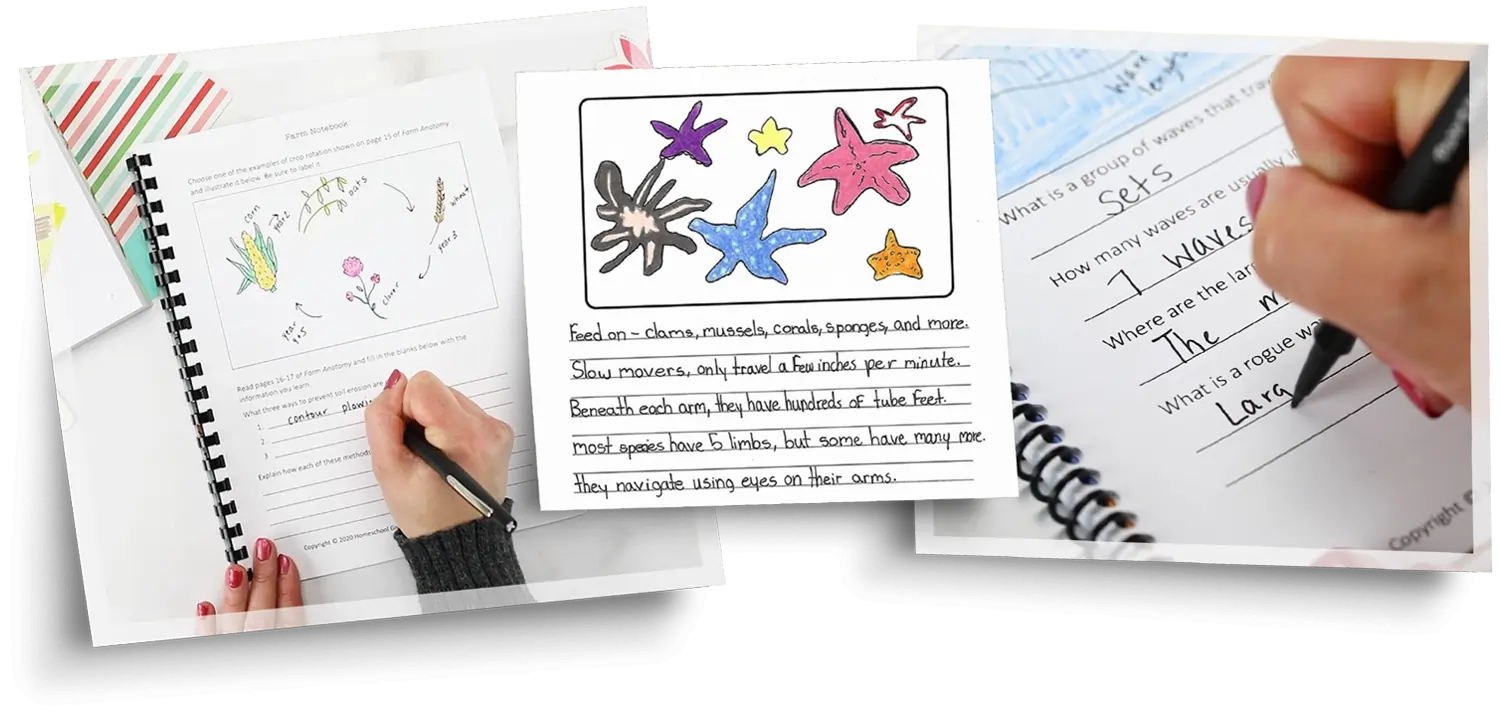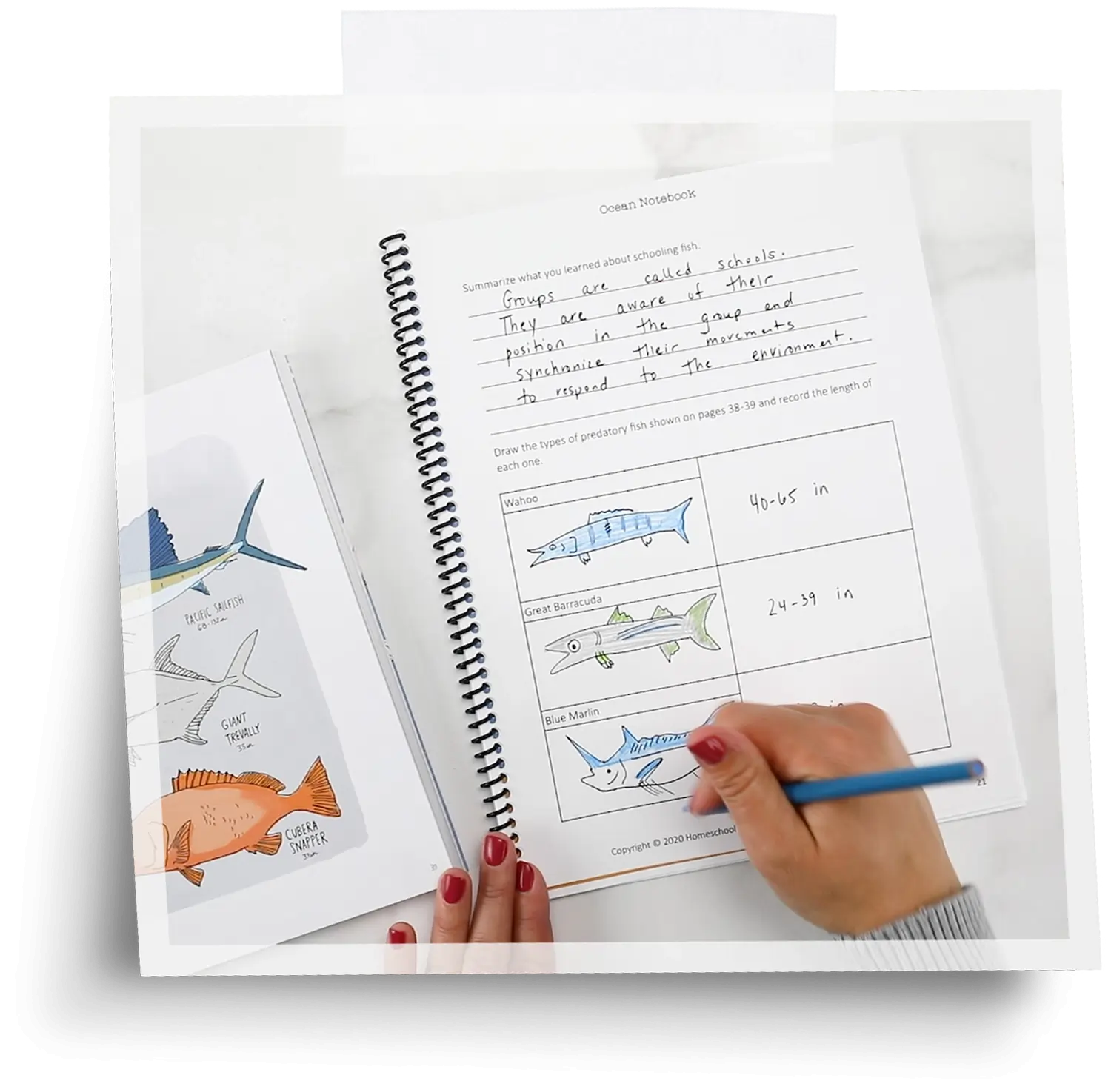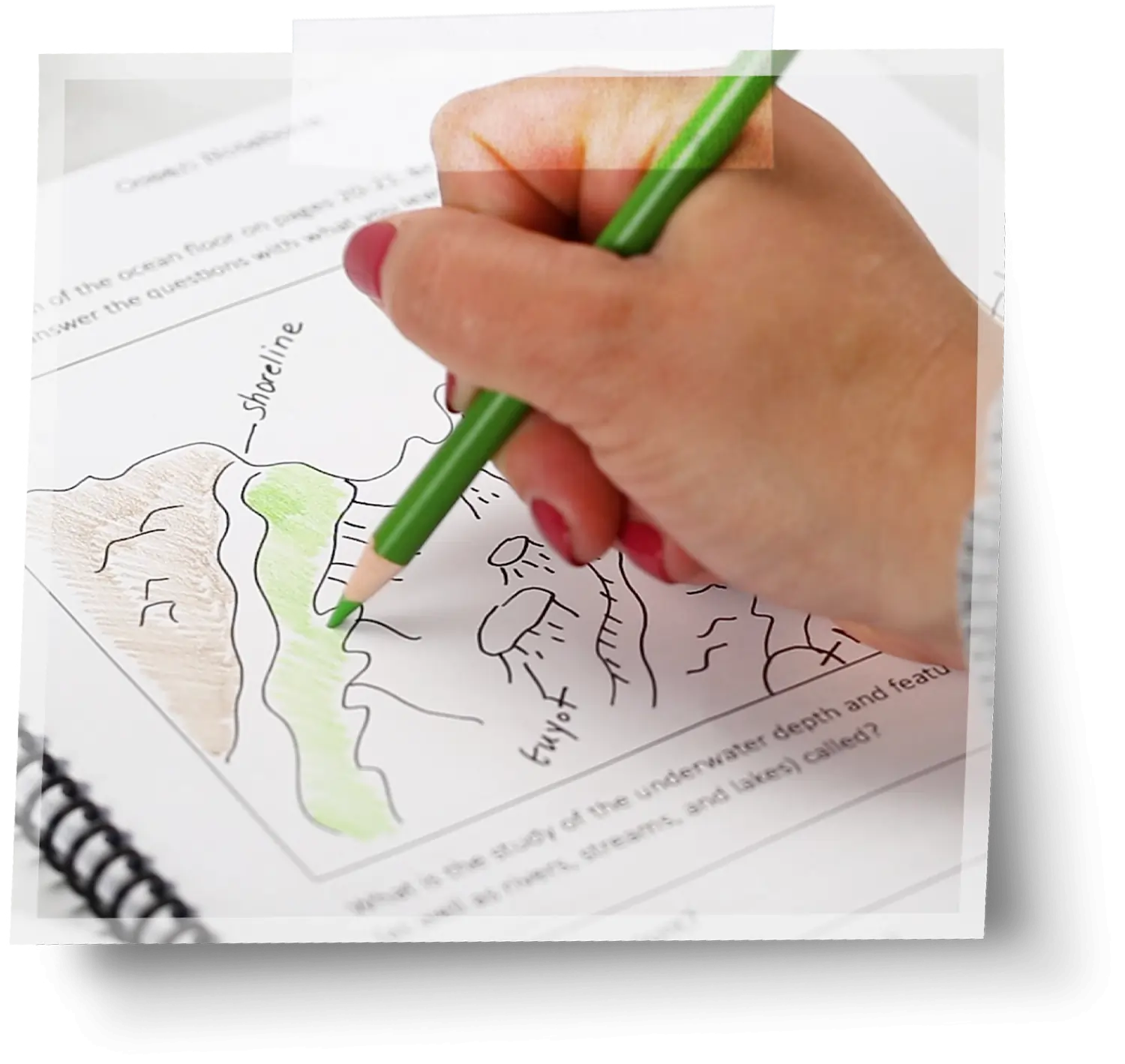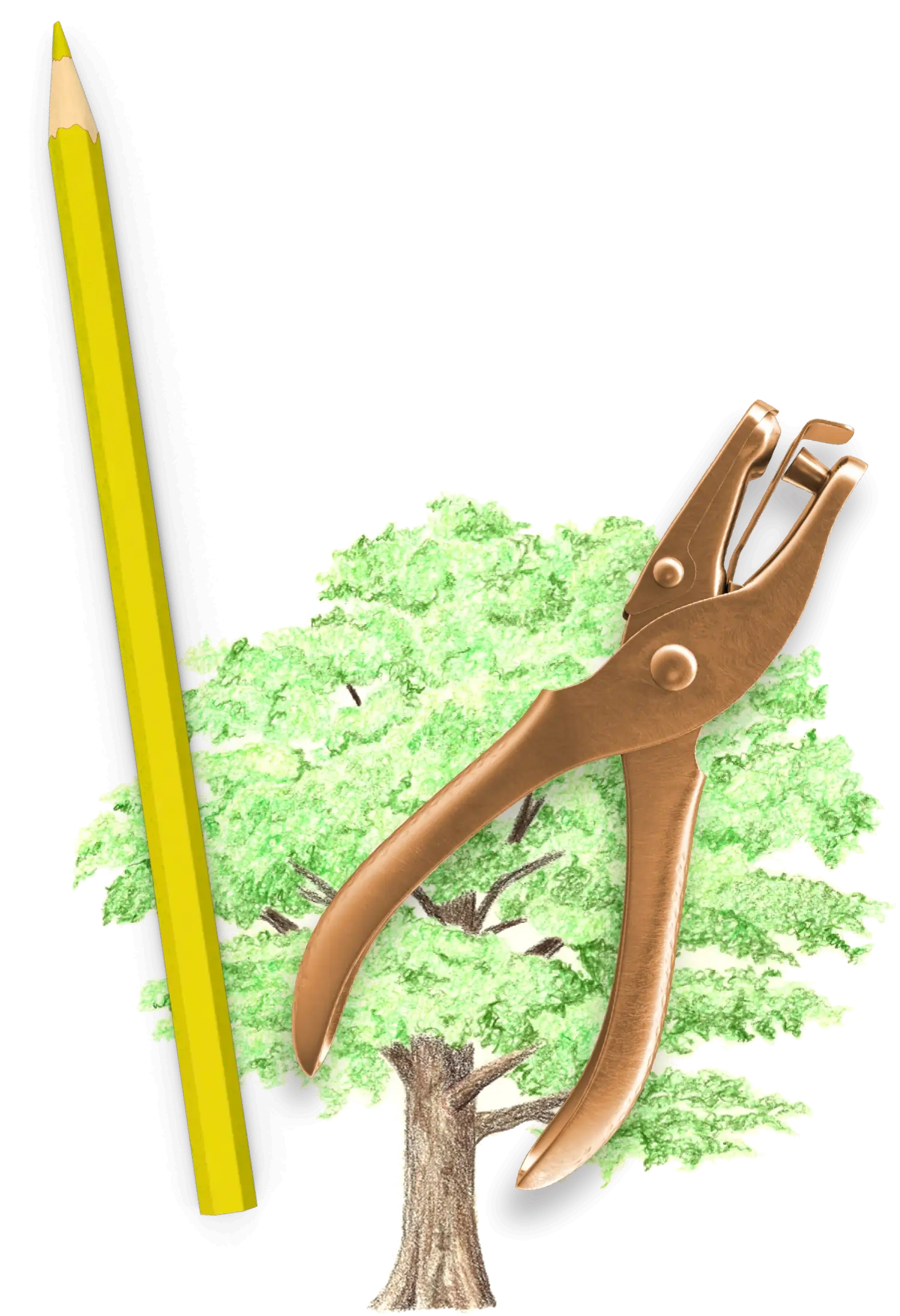

Carrie Fernandez




Carrie Fernandez, the owner and publisher at Daily Skill Building, brings you a featured column this year—Sticky Note(booking). She’ll be sharing how this easy-to-use, flexible tool breathes creativity and life into the way your kids do school.

- Incorporates multiple skills and elements
- Offers an excellent way for students to be creative and let their personalities shine
- Works with multiple learning styles
- Gives kids a creative outlet to express themselves
- Is fully customizable
The easiest way to understand notebooking is to think of journaling. It is a tool that combines what kids write with what they draw and sketch. It compiles their narration, sketches, diagram labeling, and more into a unique creation that showcases what they have learned.
You and your children will love the incredible benefits of creating notebooks to go along with their studies.
 Notebooking Eliminates the Need for Worksheets and Tests
Notebooking Eliminates the Need for Worksheets and Tests Do you have students who are perfectionists? Worksheets and tests can be stressful for them because they fear getting an answer wrong. There are many situations where notebooking can eliminate that stress for you and your students because there’s no wrong way to notebook.
Fact-based questions are fine, and some are needed. But notebooking incorporates questions that ask how something makes your children feel, what they think, how they might respond, or any number of other open-ended questions. It also invites them to draw what they see in their minds. Right or wrong, detailed or abstract—it doesn’t matter. There is no right or wrong answer.

![]() Notebooking is Customizable for All Ages
Notebooking is Customizable for All Ages
Notebooking allows children to sparkle. It causes them to stop and reflect on what they’ve heard and learned, internalize it, and express it in their own way. Each notebook becomes as wonderfully unique as the child who creates it.
Notebooking is a natural fit for history, geography, and science. With a little creativity, you can even use it for grammar, language arts, and other subjects.

As parents, we need to be able to document what our children are learning, whether it’s for official records or to simply understand what they are grasping. I thought I was failing as a homeschool mom before I started notebooking. My child could not do worksheets, even when she knew the material. But notebooking opened the door to the creative side of her brain! When she didn’t have to worry about answering something in a specific way or could draw what she had learned, she thrived! She needed a different way to express herself, and notebooking was it.

Are you ready to try notebooking? You can get a Notebook Companion™ to get you started or you can use a plain piece of notebook paper or any kind of notebooking template. Read a section of a book together and then ask your students to tell you what they learned. Then give them a notebook page. Ask them to write or draw something about the most interesting part of what they learned. You can have them write more as you practice, but start slowly so you don’t overwhelm them.
History is one of the easiest subjects to use notebooking with. The process to get started with a textbook is the same as with a living book. Have your children write down facts or questions and sketch something the text made them think of.
Your children’s notebooks will likely become treasured keepsakes for a lifetime. I know my daughter’s notebooks have! They show what she was learning and capture a part of her at each age and stage of her development. I treasure them!

Notebooking is a flexible tool you can customize for children of many ages and learning styles. It combines multiple skills and elements and unleashes creativity by combining written narration, drawing and sketching, and more. It allows students to express themselves without the fear of doing a project wrong. It documents your children’s learning while creating records and precious memories. It’s easy to get started, and once you see the light in your children’s eyes that I saw in my daughter’s, you’ll never look back.

